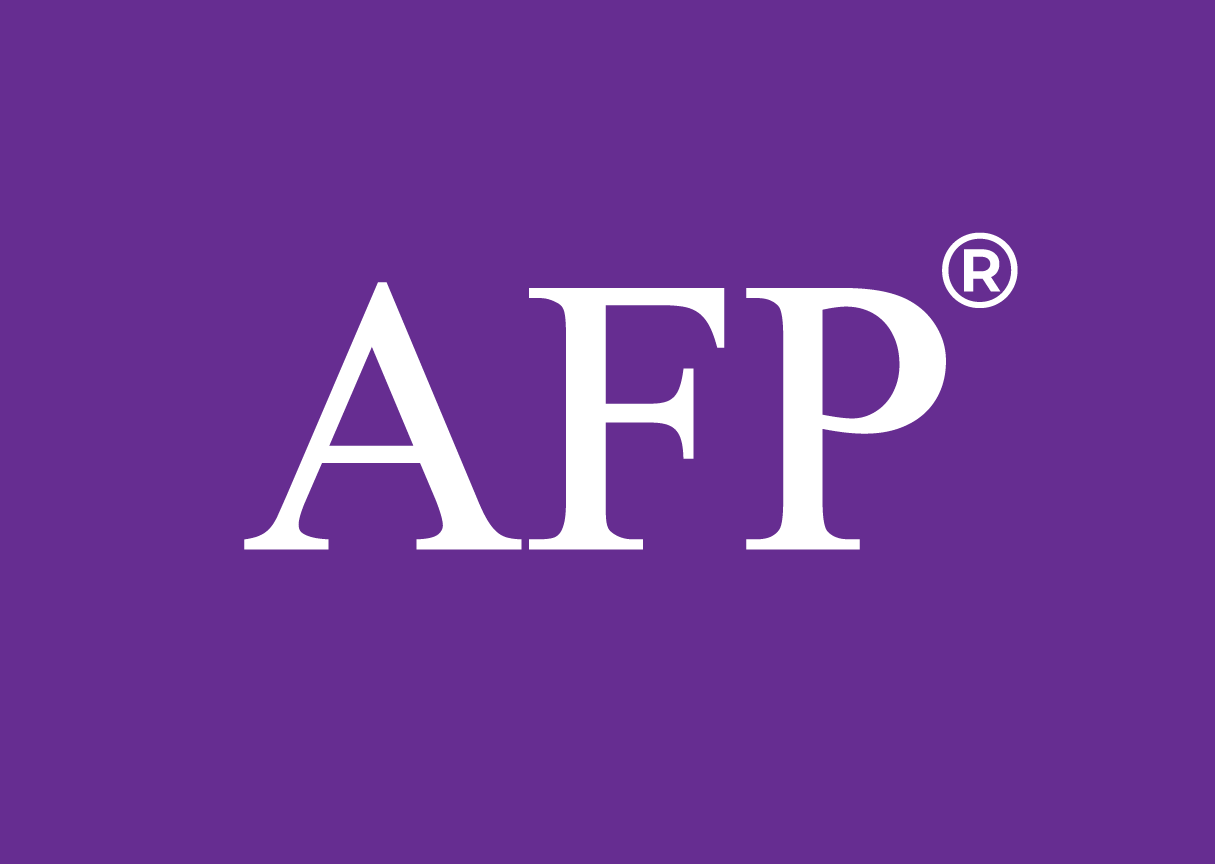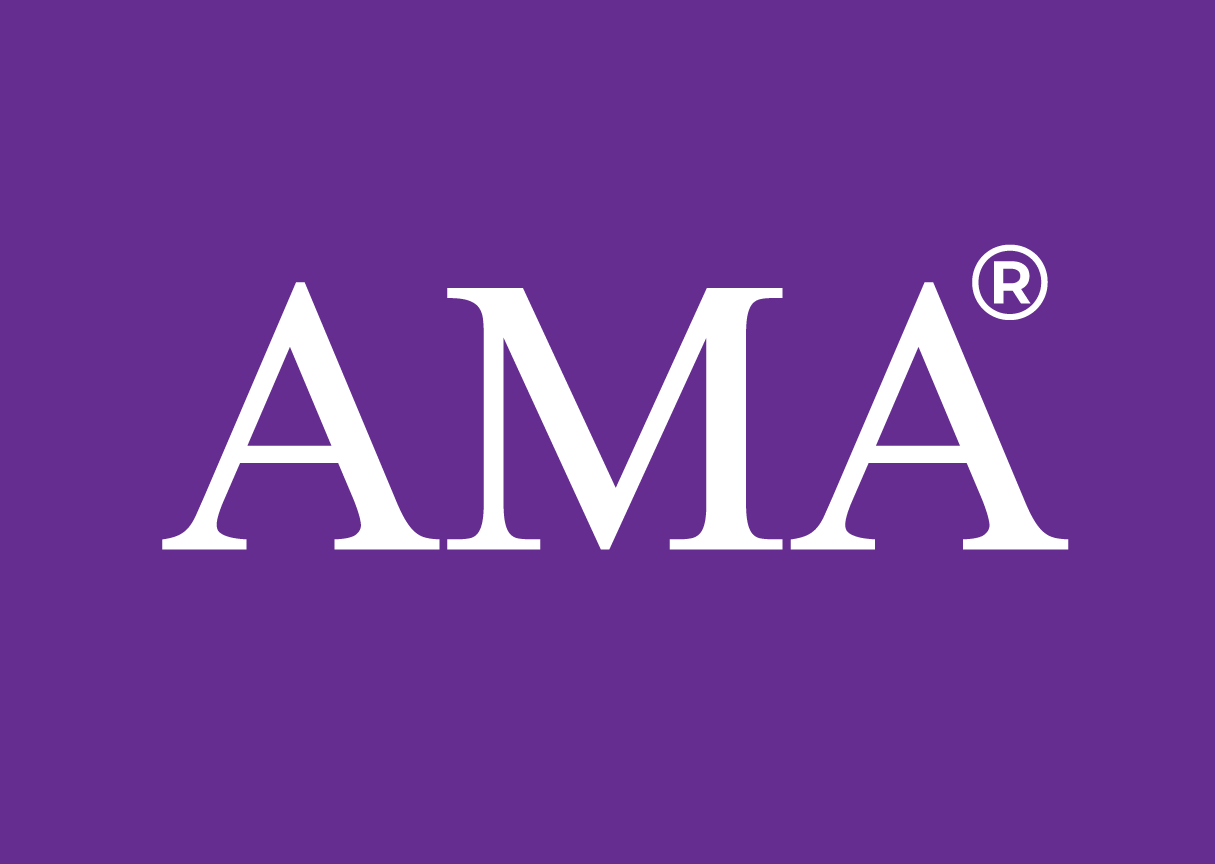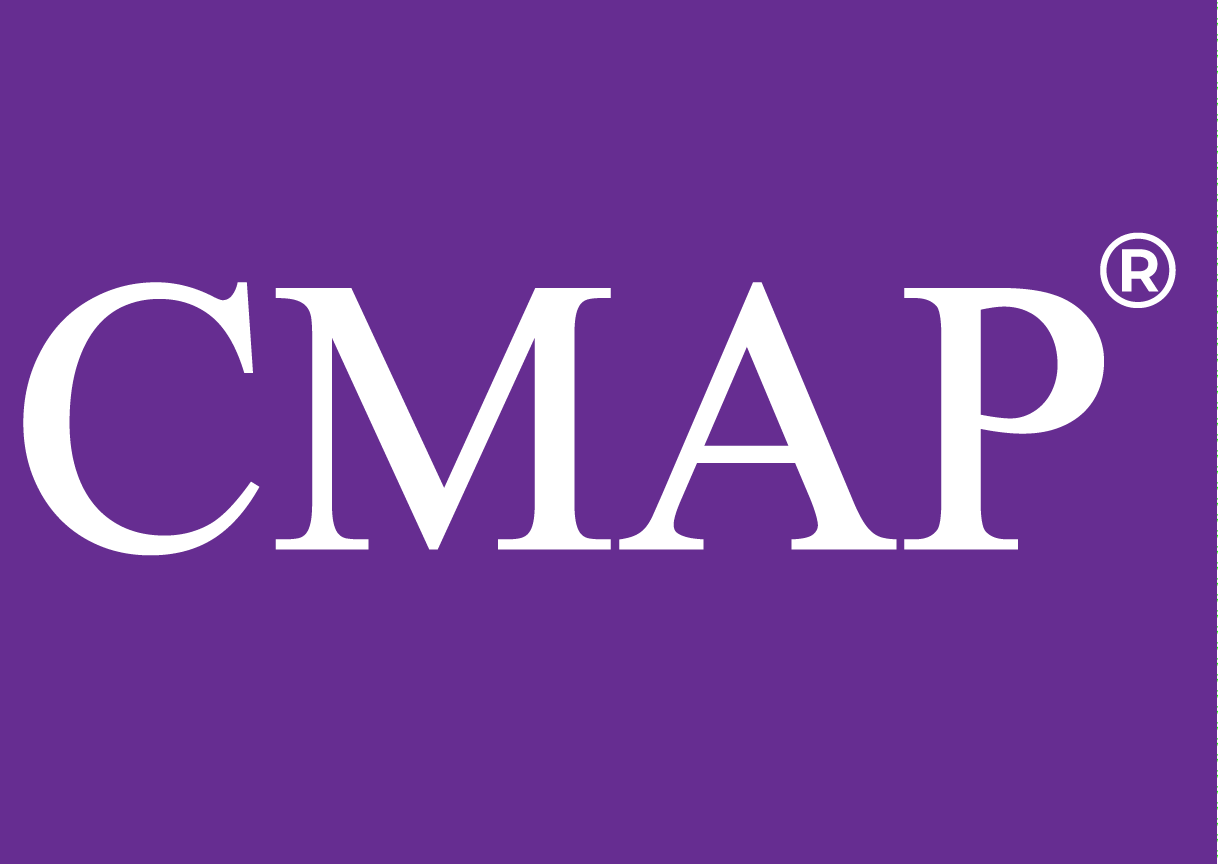
Training and Examination Fee
Student
per Level
Professional
per Level
Overview
CMAP Level 1

Associate Financial Planner
CMAP Level 2

Associate Management Accountant
CMAP Level 3

Certified Management Accounting Practitioner
This professional title signifies the competence of the professional accountant to join the executive management team of the organization. It covers the areas of planning and control directly related to profit management such as profit planning, short-term budgeting, performance evaluation, and special operating decisions. It further includes pricing strategies and strategic management accounting techniques.
Management is technically and critically demanding as to the quality of financial and non-financial information they need as a basis in making economic decisions. That the information provided to management must be the most developed and made available based on the data gathered and the techniques used to process them.
As management is grappled with the ever-changing landscape of the business environment and the awful uncertainties that beset it, the timing, content, coverage, and quality of information they need also adjust accordingly. To this, the professional management accountant must continuously upskill itself concerning new regulations, technologies and management philosophies to secure relevance in its services.
Benefits of CMAP
- Entitlement to the post nominal, RMA, RPA, and CCA.
- Designation as
— Associate Financial Planner
— Associate Management Accountant
— Certified Management Accounting Practitioner
Course Outline
Associate Financial Planner
Economic Analysis
- Micro economic analysis
— Fundamental economic principles and the law of diminishing returns
— Demand schedule
— Supply schedule
— Economic exchange, economic cycle and government intervention
— Economic profit
— Market structure
- Macro economic analysis
— Public welfare and national income
— Classical economics
— Keynesian economics
— Fiscal economics
— Monetary economics
— Neo-Keynesian economics
Financial Statement Analysis
- Basic concepts in FS analysis
- Horizontal analysis
- Vertical analysis
- Trend analysis
- Financial mix ratios: Leverage ratios
- Financial mix ratios: Profitability ratios
- Financial mix ratios: Growth ratios
- Financial mix ratios: Liquidity ratios
Management Accounting, Part 1
- Management Accounting and its Environment
— Basic management concepts and functions
— Planning and controlling cycle
— Management accounting, financial management and financial accounting
— Strategic management philosophies
— Code of Conduct for Management Accountants
- Understanding Expenses
— Expenditures, investments, and expenses
— The accounting concept of expenses
— The management concept of expenses
— The economic concept of expenses
— Variable expenses vs. Fixed expenses
— Expense segregation as to its variable or fixed components
- Variable Costing
— Standard unit cost and the standard fixed overhead
— Inventory and profit measurement: absorption costing vs. variable costing
— Accounting for the difference in profit
— Volume variance
- Profit Planning and Cost-Volume-Profit Analysis
— Basic assumptions in profit planning
— Breakeven point, margin of safety and operating leverage
— Sales with profit
— Profit sensitivity analysis
— Multi-product profit planning and analysis
— Indifference point and other matters
- Short-Term Budgeting
— Basic concepts in short-term budgeting
— Forecasting, planning and budgeting
— Master budgeting
— Sales budget
— Production budget
— Materials budget
— Direct labor budget
— Factory overhead budget
— Administration, marketing, distribution expenses budget
— Budgeted statement of profit or loss
— Cash budget
— Budgeted statement of financial position
— Flexible budgeting
— Types of budgets
How to Get Certified
Training
Register for the CERTS training to gain access to learning resources such as video lectures, study notes, exercises, and assessments.
Attend the live Online Mentoring Session (OMS) as schedule to further refine your preparation.
Simulation Exam
Take the Simulation Examination (SimEx) as scheduled. It comprises of sixty (60) questions for three (3) hours. A learner must earn a rating of at least 35/60 to qualify for the Actual Examination. A learner who failed the SimEx may retake on the next schedule for a minimal fee.
Examination
Qualified candidates shall be indorsed for the CMAP examination(s) as scheduled. The examination comprises of sixty (60) questions budgeted for three (3) hours. An examinee must earn a minimum rating of 75% to pass.
Title / Certification
Candidates who passed the CMAP examination(s) may now apply for certification. The same certification may then be submitted for accreditation with the Asia Pacific Professionals Association (APPA) Foundation and other professional institutes.
